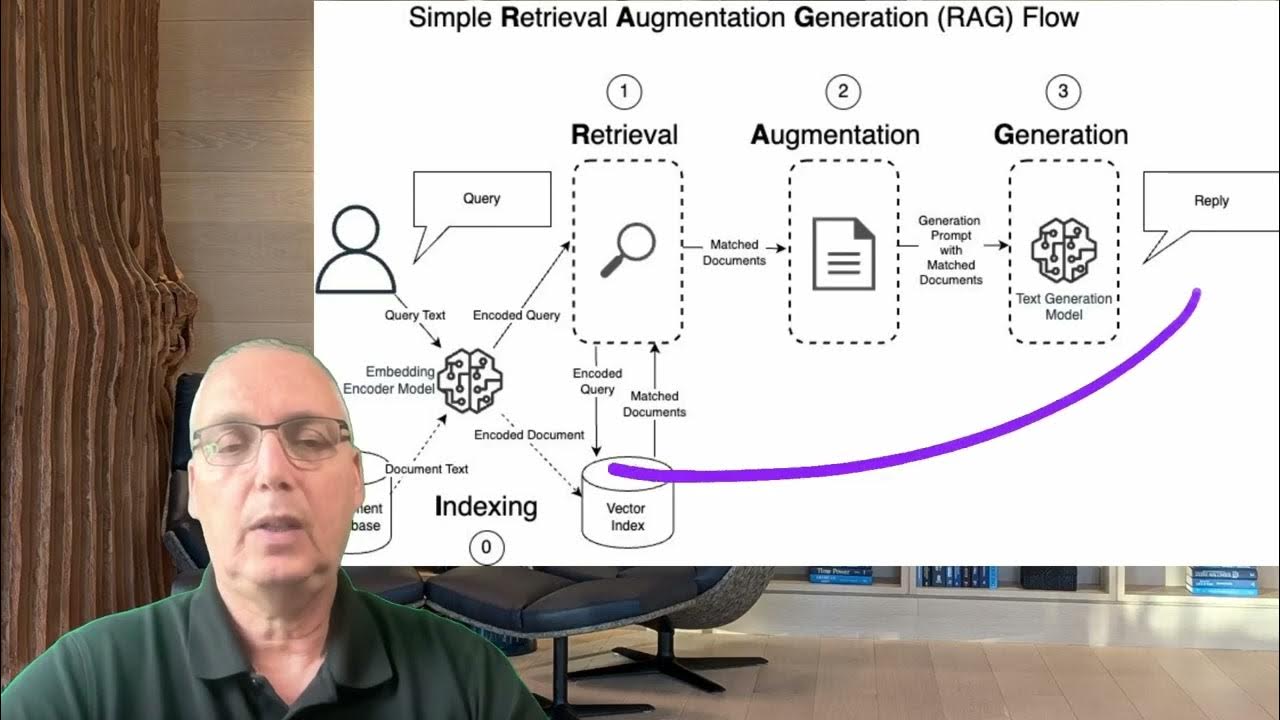biology 2nd secondary egypt first term 2025 | transport in plants | structure of stem | مستر بيشوي
Summary
TLDRThe lecture focuses on plant transportation systems, covering both basic and advanced topics. It starts with a review of previous lessons on topics like simple and compound tissues, such as xylem and phloem, and how they transport water, nutrients, and organic food through plants. The speaker uses visual aids and examples to explain concepts like vascular tissue structure, cross-sections of stems, and different plant tissue types. The session is interactive, encouraging students to revisit key concepts via videos and exercises to deepen their understanding of plant transport mechanisms.
Takeaways
- 🧑🏫 The lesson focuses on plant transport systems, specifically transportation tissues in plants.
- 🔄 The class previously covered topics related to plant nutrition systems, and now they're transitioning to transport systems.
- 🌿 There are two main types of plants discussed: lower plants like algae and higher plants, which have more complex structures.
- 💧 Transport in plants involves the movement of water, nutrients, and gases, with carbon dioxide entering through the air and water being absorbed by roots.
- 🌱 There are two main transport tissues in higher plants: xylem (which transports water from roots to leaves) and phloem (which distributes organic nutrients throughout the plant).
- 🌳 In the plant stem, a cross-section reveals vascular bundles, which contain both xylem and phloem, organized in a cylindrical arrangement.
- 📚 The structure of the plant is described in layers, starting with the epidermis, followed by the cortex and the vascular tissues.
- 🍃 Parenchyma cells in the cortex play a role in photosynthesis, while collenchyma cells provide support to the plant.
- 🔬 Vascular tissues are responsible for the critical function of transporting water, minerals, and nutrients from the roots to other parts of the plant.
- 🎥 Students are advised to watch related videos and complete exercises on the first two topics before moving on to the third, which covers transport mechanisms in detail.
Q & A
What is the first topic covered in the lecture?
-The first topic covered is the 'transport system' in plants, focusing specifically on 'transport tissues.'
What are the two types of transport tissues mentioned in the lecture?
-The two types of transport tissues mentioned are the xylem and phloem.
What is the primary function of xylem in plants?
-The primary function of xylem is to transport water and minerals from the roots to the leaves.
What is the function of phloem in plants?
-Phloem transports organic nutrients, primarily sugars, from the leaves to other parts of the plant.
What role do parenchyma cells play in plants?
-Parenchyma cells are responsible for photosynthesis, storage, and tissue repair in plants. They also contain chloroplasts for photosynthesis.
What is the function of collenchyma cells in plants?
-Collenchyma cells provide structural support to growing regions of the plant, especially in stems and leaves.
What is the epidermis, and what is its function?
-The epidermis is the outermost layer of cells in plants, providing protection and minimizing water loss.
What is the cortex in plants, and how is it structured?
-The cortex is a multi-layered tissue between the epidermis and the vascular cylinder, composed of parenchyma and collenchyma cells.
What is the importance of the starch sheath in the cortex?
-The starch sheath stores starch and helps regulate the flow of nutrients between the cortex and the vascular cylinder.
What is the function of the vascular cylinder in the plant stem?
-The vascular cylinder, also known as the vascular bundle, contains the xylem and phloem tissues responsible for transporting water, minerals, and nutrients throughout the plant.
Outlines

Esta sección está disponible solo para usuarios con suscripción. Por favor, mejora tu plan para acceder a esta parte.
Mejorar ahoraMindmap

Esta sección está disponible solo para usuarios con suscripción. Por favor, mejora tu plan para acceder a esta parte.
Mejorar ahoraKeywords

Esta sección está disponible solo para usuarios con suscripción. Por favor, mejora tu plan para acceder a esta parte.
Mejorar ahoraHighlights

Esta sección está disponible solo para usuarios con suscripción. Por favor, mejora tu plan para acceder a esta parte.
Mejorar ahoraTranscripts

Esta sección está disponible solo para usuarios con suscripción. Por favor, mejora tu plan para acceder a esta parte.
Mejorar ahoraVer Más Videos Relacionados

Introduction to Railway Engineering - UPSC ESE/IRMS/GATE

Perbankan Dasar Kelas X SMK | Kredit Perbankan 1

Science Form 1: 2.1: Cell - Structure, Function & Organisation (part 2)

KIMIA ANALITIK: PENGANTAR ANALISIS KUALITATIF

Prodi D4 Transportasi (Cabang Ilmu Teknik Sipil) UNESA

Mastering LLM Advanced RAG Course Introduction
5.0 / 5 (0 votes)
